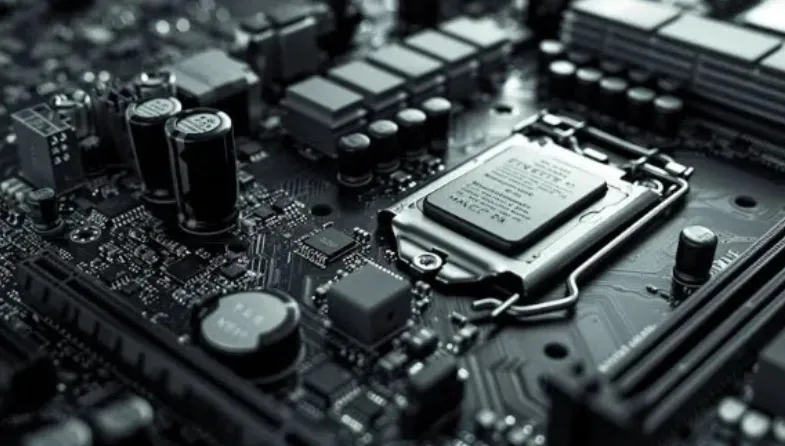Bottleneck Calculator: Solve your computer’s bottleneck and chokepoint issues with our unique 100% free online tool. Discover optimal performance today!
Bottleneck Calculator
CPU
–
GPU
–
RAM
–
| Component | Performance |
|---|---|
| CPU | – |
| GPU | – |
| RAM | – |
Table of Contents
We bring you a unique Bottleneck Calculator that is 100% free online, for bottleneck and chokepoint problems in your computer.
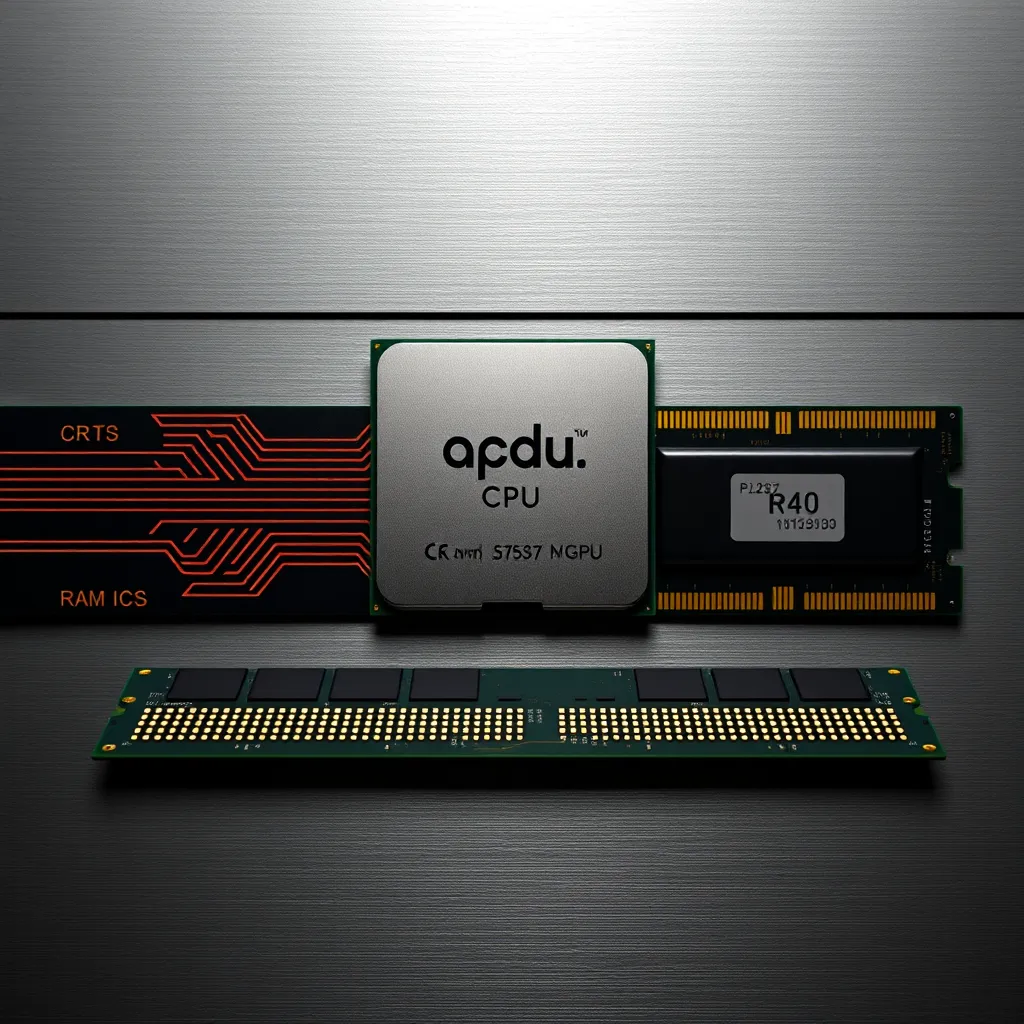
Everything You Need to Know About Bottleneck Calculator for CPU, GPU, and RAM
Learn about bottleneck calculators for CPU, GPU, and RAM, how to identify bottlenecks in your computer system, and how to resolve them.
Understand the concept of bottlenecks and optimize the performance of your computer.
Upgrade components, balance the system, optimize software and settings, and consider overclocking to achieve higher performance.
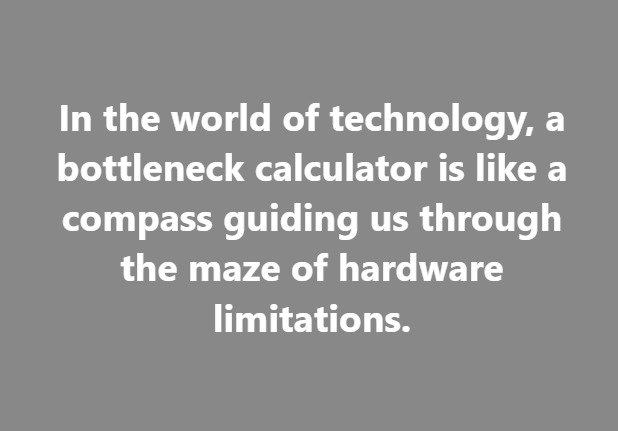
Introduction
When it comes to building a computer or upgrading its components, it’s important to understand the concept of bottlenecks.
A bottleneck refers to a component in your system that is limiting the overall performance of your computer.
In this blog post, we will discuss everything you need to know about bottleneck calculator for CPU, GPU, and RAM.
What is a Bottleneck?
A bottleneck occurs when one component in your computer system is unable to keep up with the demands of other components.
This can result in decreased performance and overall slower processing speeds.
For example, if you have a powerful graphics card but a slower CPU, the CPU may become the bottleneck and limit the performance of the graphics card.
Understanding Bottleneck Calculator
A bottleneck calculator is a tool that helps you identify potential bottlenecks in your computer system.
It takes into account the specifications of your CPU, GPU, and RAM, and provides an analysis of the overall performance of your system.
By using a bottleneck calculator, you can determine if any component is limiting the performance of your computer.
How Does a Bottleneck Calculator Work?
A bottleneck calculator works by comparing the specifications of your CPU, GPU, and RAM.
It takes into account factors such as clock speed, number of cores, memory speed, and memory capacity.
Based on these specifications, the bottleneck calculator determines if any component is significantly weaker than the others, thus potentially causing a bottleneck.
Identifying CPU Bottlenecks
The CPU is often referred to as the “brain” of the computer, as it handles most of the processing tasks.
If your CPU is a bottleneck, it means that it is not able to keep up with the demands of other components in your system.
This can result in slower overall performance and decreased processing speeds.
To identify if your CPU is a bottleneck, you can use a bottleneck calculator.
The calculator will analyze the specifications of your CPU and compare it to the requirements of your GPU and RAM.
If the CPU is significantly weaker than the other components, it may be causing a bottleneck.
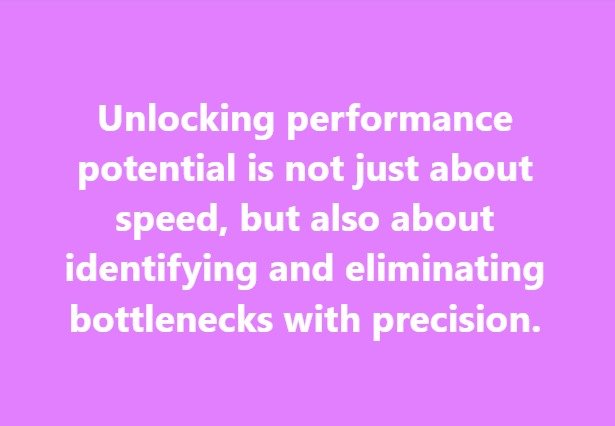
Identifying GPU Bottlenecks
The GPU, or graphics processing unit, is responsible for rendering graphics and images on your computer screen.
If your GPU is a bottleneck, it means that it is not able to keep up with the demands of other components, such as the CPU and RAM.
This can result in lower frame rates, decreased graphics quality, and overall slower performance in graphics-intensive tasks.
A bottleneck calculator can help identify if your GPU is a bottleneck by comparing its specifications to the requirements of your CPU and RAM. If the GPU is significantly weaker than the other components, it may be causing a bottleneck.
Identifying RAM Bottlenecks
RAM, or random access memory, is a type of computer memory that stores data that is actively being used by the CPU.
If your RAM is a bottleneck, it means that it is not able to provide data to the CPU and GPU fast enough, resulting in slower overall performance.
To identify if your RAM is a bottleneck, you can use a bottleneck calculator.
The calculator will analyze the specifications of your RAM, such as speed and capacity, and compare it to the requirements of your CPU and GPU.
If the RAM is significantly slower or has a lower capacity than the other components, it may be causing a bottleneck.
How to Resolve Bottlenecks
If a bottleneck is identified in your computer system, there are several steps you can take to resolve it:
- Upgrade the bottleneck component: If a specific component is causing a bottleneck, you can consider upgrading it to a more powerful one. For example, if your CPU is the bottleneck, you can upgrade to a faster and more efficient model.
- Balance the components: Sometimes, the bottleneck may be caused by an imbalance between the components. In such cases, upgrading multiple components or adjusting their settings can help resolve the bottleneck.
- Optimize software and settings: In some cases, bottlenecks can be resolved by optimizing the software and settings on your computer. This can include updating drivers, adjusting graphics settings, and optimizing software configurations.
- Consider overclocking: Overclocking is the process of increasing the clock speed of your components to achieve higher performance. However, this should be done with caution, as it can increase the heat generated by the components and potentially reduce their lifespan.
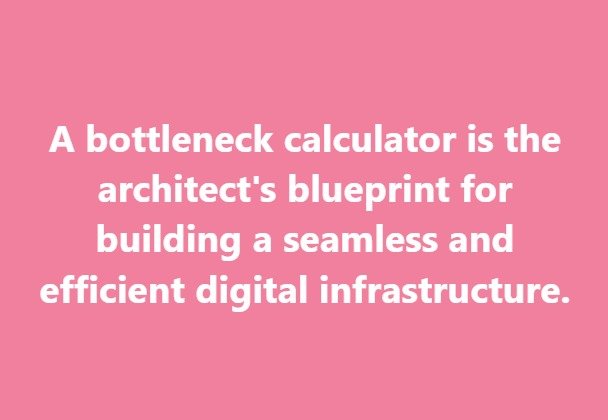
Bottleneck Calculator For Gaming Success
Gaming Bottleneck Calculator
Here are 3 Reasons to Use a Bottleneck Calculator for Gaming Success
In the world of gaming having the right hardware can make all the difference. A Bottleneck Calculator is an essential tool that helps gamers optimize their systems for peak performance. Here are three compelling reasons to incorporate one into your gaming setup
First, a Bottleneck Calculator identifies potential performance limitations in your system. By analyzing the compatibility between your CPU and GPU, you can determine whether one component may be hindering the other’s performance.
Second, it helps you make informed upgrade decisions. If you’re considering new hardware, the calculator can guide you on which component to upgrade first to achieve the best gaming experience.
Third, using a Bottleneck Calculator can save you money. Instead of guessing which parts to buy, you can ensure that your investment will yield significant improvements in gameplay
Additionally, it enhances your understanding of system performance. By learning how various components interact, you become more adept at troubleshooting and optimizing your setup.
Finally, a Bottleneck Calculator can help extend the lifespan of your gaming rig. By maintaining a balanced system, you reduce wear and tear on individual components, ensuring they last longer and perform better over time.
Incorporating a Bottleneck Calculator into your gaming strategy is a smart move for anyone looking to elevate their gaming success!
Conclusion
Understanding bottlenecks and using a bottleneck calculator can help you optimize the performance of your computer system.
By identifying and resolving bottlenecks, you can ensure that your CPU, GPU, and RAM are working together efficiently to provide the best possible performance.
Whether you are building a new computer or upgrading an existing one, considering potential bottlenecks is an essential step in maximizing your system’s capabilities.
